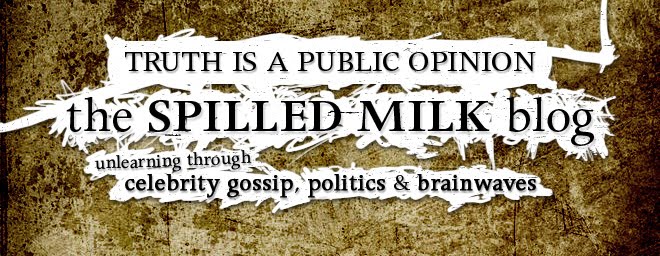Historians estimate that Ireland was first settled by humans at a relatively late stage in European terms - about 10,000 years ago. Around 4000 BC it is estimated that the first farmers arrived in Ireland. Farming marked the arrival of the new Stone Age. Around 300BC, Iron Age warriors known as the Celts came to Ireland from mainland Europe. The Celts had a huge influence on Ireland. Many famous Irish myths stem from stories about Celtic warriors. The current first official language of the Republic of Ireland, Irish (or Gaeilge) stems from Celtic language.
Sometime between about 600 and 150 BC, Celtic peoples from western Europe, who came to be known as Gaels, invaded Ireland and subdued the previous inhabitants. The basic units of Gaelic society were the tuatha, or petty kingdoms, of which perhaps 150 existed in Ireland.
After finally getting its Independence in 1922, the newly independent state of Ireland composed of the southern 26 of Ireland's 32 counties in the following 26 years would had three different names each which reflect the stages by which the goals of the defeated anti-treaty side were actually attained during the generation after the civil war, with the republic of Ireland its present name being decided in 1948.
From around 1642, Confederate Ireland's banner was green with a brilliant harp. The three hues were joined together as an image of solidarity beginning around 1830, however not generally acknowledged until 1848. It was not until Easter Rising in 1916 that the tricolor banner was viewed as the national banner, and with the section of the Constitution of Ireland in 1937, the tricolor turned into the official national banner of Ireland.
Since Northern Ireland was partitioned from the rest of Ireland in 1921, the flag has been seen by northerners as a symbol of division rather than unity and the people of Northern Ireland usually fly a different flag. The Ireland flag consists of three equally sized vertical stripes of green, white, and orange. The flag's green stripe goes on the hoist side, the white in the center, and the orange on the outside, or fly.
The shades of Ireland's banner convey recorded importance. The green is an impression of the Society of United Irishmen, a republican association amid the 1790s. The orange is a representation of supporters of the House of Orange, who settled in Northern Ireland in the seventeenth century. The white between the green and orange is an image of peace between the two sides, reflecting Irish independence and the union of the general population of Ireland. The green on the Irish banner remains for the local individuals of Ireland, the Friendly Brothers of St. Patrick.The Flag Company Inc specialized in flag designs offered a special edition of decals and flags to memorize the history of Ireland Flag for the future.
Sometime between about 600 and 150 BC, Celtic peoples from western Europe, who came to be known as Gaels, invaded Ireland and subdued the previous inhabitants. The basic units of Gaelic society were the tuatha, or petty kingdoms, of which perhaps 150 existed in Ireland.
After finally getting its Independence in 1922, the newly independent state of Ireland composed of the southern 26 of Ireland's 32 counties in the following 26 years would had three different names each which reflect the stages by which the goals of the defeated anti-treaty side were actually attained during the generation after the civil war, with the republic of Ireland its present name being decided in 1948.
From around 1642, Confederate Ireland's banner was green with a brilliant harp. The three hues were joined together as an image of solidarity beginning around 1830, however not generally acknowledged until 1848. It was not until Easter Rising in 1916 that the tricolor banner was viewed as the national banner, and with the section of the Constitution of Ireland in 1937, the tricolor turned into the official national banner of Ireland.
Since Northern Ireland was partitioned from the rest of Ireland in 1921, the flag has been seen by northerners as a symbol of division rather than unity and the people of Northern Ireland usually fly a different flag. The Ireland flag consists of three equally sized vertical stripes of green, white, and orange. The flag's green stripe goes on the hoist side, the white in the center, and the orange on the outside, or fly.
The shades of Ireland's banner convey recorded importance. The green is an impression of the Society of United Irishmen, a republican association amid the 1790s. The orange is a representation of supporters of the House of Orange, who settled in Northern Ireland in the seventeenth century. The white between the green and orange is an image of peace between the two sides, reflecting Irish independence and the union of the general population of Ireland. The green on the Irish banner remains for the local individuals of Ireland, the Friendly Brothers of St. Patrick.The Flag Company Inc specialized in flag designs offered a special edition of decals and flags to memorize the history of Ireland Flag for the future.

No comments:
Post a Comment